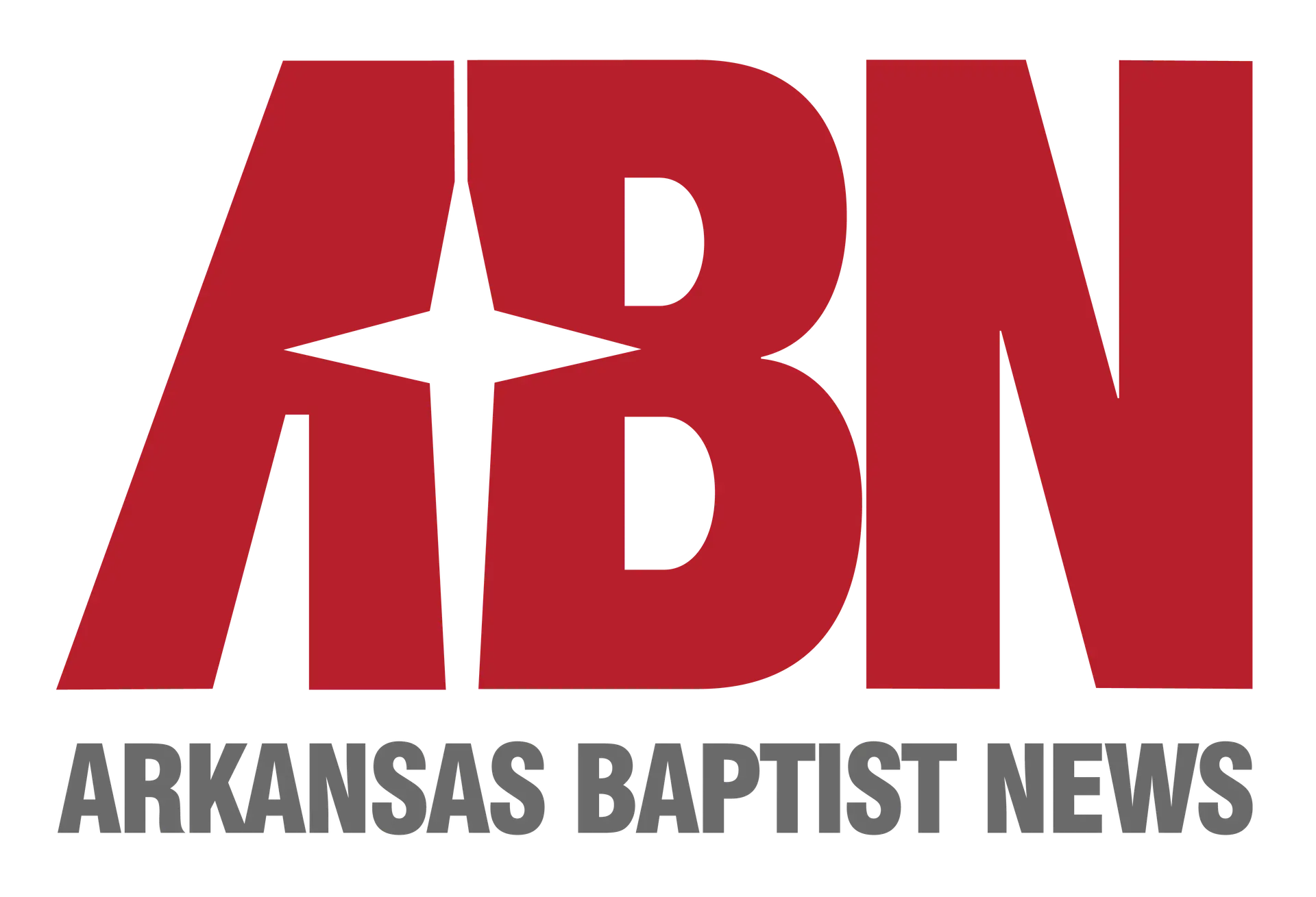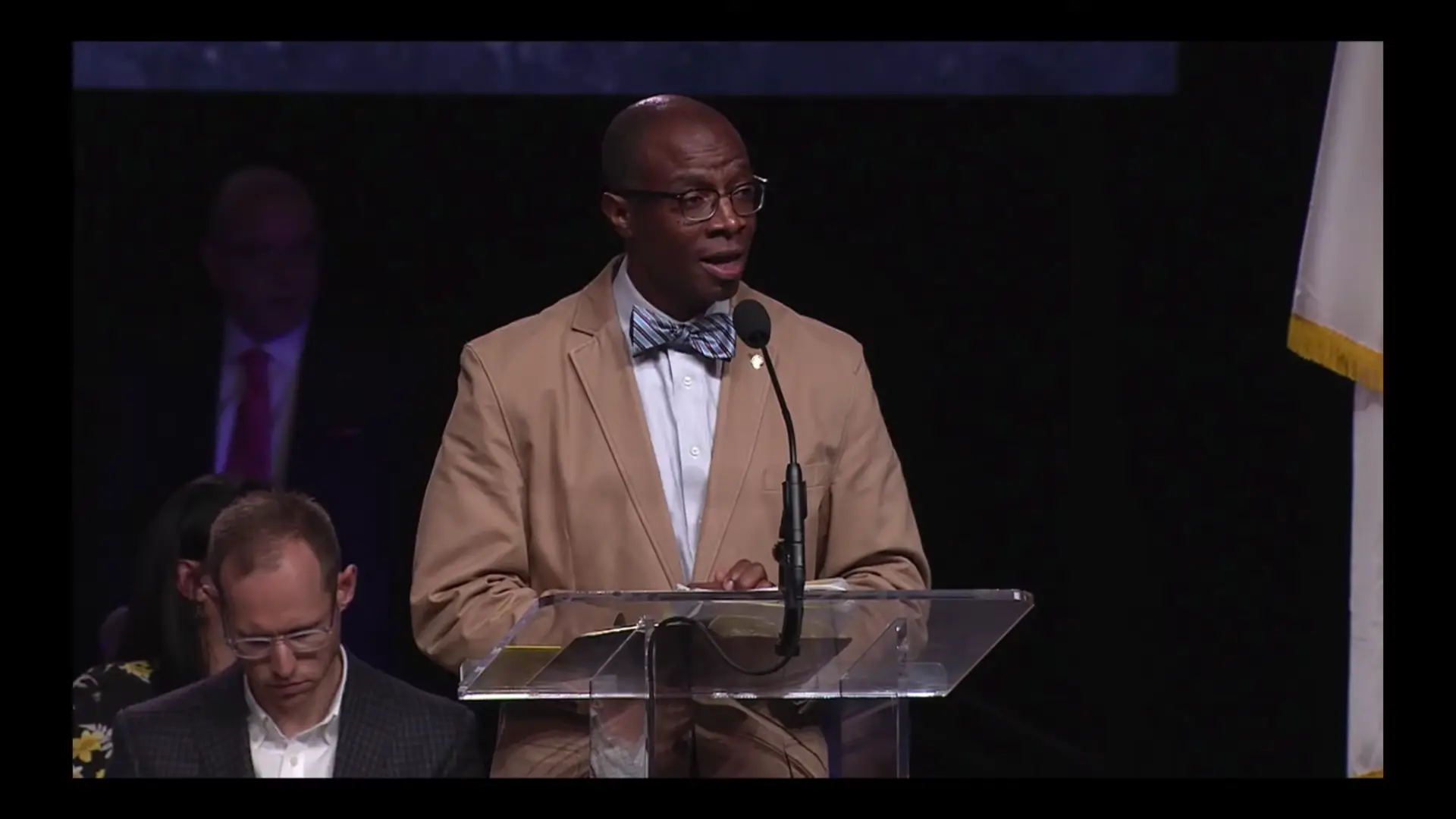Caleb Yarbrough
Arkansas Baptist News
DURING the Southern Baptist Convention (SBC) Annual Meeting held June 11-12 in Birmingham, Ala., messengers approved a resolution “On Critical Race Theory And Intersectionality.” What are these concepts? Where do they come from? And what does it mean that the SBC corporately affirmed them?
Resolution 9 states that some evangelicals have expressed concern over “frameworks such as critical race theory and intersectionality,” categorizing the former as “a set of analytical tools that explain how race has and continues to function in society” and the latter as, “the study of how different characteristics overlap and inform one’s experience.”
“It is our aspiration in this resolution simply to say that critical race theory and intersectionality are simply analytical tools. They are meant to be used as tools, not as a worldview,” said Curtis Woods, chairman of the SBC Resolutions Committee during the annual meeting.
Following the meeting, Albert Mohler, president of The Southern Baptist Theological Seminary, addressed the resolution in the June 14 edition of his podcast, “The Briefing,” calling into question the committee’s view and arguing that critical race theory (CRT) and intersectionality cannot be accurately defined as “merely” analytical tools.
“It is not fundamentally wrong to say that intersectionality and critical race theory are analytical tools. What does that mean? It means that they are tools of analysis. Of course they are. They emerged as analytical tools, but they were never merely analytical tools … both critical race theory and intersectionality are far more than analytical tools,” said Mohler.
Marxist theories?
Both CRT and intersectionality are at heart Marxist theories with inherent political components, Mohler argues. One doesn’t have to agree with every single aspect of a theory or school of thought in order to learn from it, but “the problem is, as Christians understand, that analytical tools very rarely remain merely analytical tools. Ideas, as we know, do have consequences.”
The chief consequence of critical race theory and intersectionality, according to Mohler, is identity politics, which he argued is fundamentally “antithetical to the gospel of Jesus Christ.”
Mohler’s comments on Resolution 9 came two days after the annual meeting in Birmingham concluded. Obviously, Mohler, a longtime figure in SBC politics and guardian of conservative evangelical theology, had concerns with the approval of the resolution but he did not share his insights with messengers impacting its approval.
Tom Ascol, senior pastor of Grace Baptist Church, Cape Coral, Fla., and president of Founders Ministries, a reformed Baptist ministry associated with the SBC, voiced his concerns regarding Resolution 9 during consideration of the resolution.
In an effort to “add strength to” the resolution and to make it “clearer and more explicitly theological,” Ascol proposed amending the language of Resolution 9 to include, “Whereas, critical race theory and intersectionality are godless ideologies that are indebted to radical feminism and postmodernism and neo-marxism … Resolved, that we remind Southern Baptists that critical race theory and intersectionality emerged from a secular worldview and are rooted in ideologies that are incompatible with Christianity. And be it further resolved, that we repudiate all forms of identity politics and any ideology that establishes human identity in anything other than the divine creation in the image of God, and for all redeemed humanity, our common identity, together eternally, united to Christ.”
The SBC Resolutions Committee declined to accept Ascol’s amendment and messengers eventually voted to approve Resolution 9 based on its original language recommended by the committee.
Tom Buck, senior pastor of First Baptist Church, Lindale, Texas, who also spoke against Resolution 9 during floor debate at the annual meeting, argued that not only were tactics of CRT and intersectionality already at work in SBC life, but that most messengers who voted in favor of Resolution 9 did not understand what they were voting to approve.
“We’re already employing the concepts of Critical Race Theory and Intersectionality … people are not aware of it … and now we voted in a resolution that says it’s okay. I think they [members of the SBC] need to wake up,” Buck told Matthew Garnett of the thefederalist.com. “I think they need to educate themselves on what critical race theory and intersectionality is (sic) … they need to realize that the messengers voted for something that we likely don’t understand and we need to understand the gravity of it.”
Analysis of Resolution 9
In an effort to inform Arkansas Baptists, the following is a brief analysis of Resolution 9 and the history of critical race theory and intersectionality.
Affirming the Baptist Faith and Message’s declaration that Scripture alone is our spiritual authority, the resolution states that, “general revelation accounts for truthful insights found in human ideas that do no explicitly emerge from Scripture.”
General revelation refers to what humans can know about God through observation of the world around us, as understood in Romans 1:20 (CSB), “For his invisible attributes, that is, his eternal power and divine nature, have been clearly seen since the creation of the world, being understood through what he has made. As a result, people are without excuse.”
Citing general revelation, the resolution is making the case that secular frameworks such as CRT and intersectionality can provide, “truthful insights found in human ideas that do not explicitly emerge from Scripture.”
While said frameworks are under the “supreme standard” of Scripture, the resolution argues that their concepts, though human in origin, contain truth by nature of “what some may term ‘common grace.’”
Common grace usually refers to the grace of God that is common to all human beings – as opposed to saving grace, which only applies to those who are redeemed by God. The idea here is that concepts such as CRT and intersectionality can contain truth outside of the explicit reading of Scripture because of the basic grace that God gives to all people, regardless of their faith – or lack of faith – in Him.
The resolution specifies that CRT and intersectionality are “alone insufficient to diagnose and redress the root causes of social ills that they identify,” which begs the question – what do we gain from employing them?
The argument laid out in Resolution 9 is that CRT and intersectionality should be understood in a similar way to how we understand scientific discoveries such as gravity, geometry or electromagnetism. Said discoveries are generally taken as facts in the year 2020 but were ascertained through natural observation as opposed to scriptural revelation.
While technical understandings of the functional specifics of gravity continue to evolve with continued study, the basic reality of gravity is fairly simple to believe because we experience its effects daily. Scientists like Isaac Newton and Albert Einstein simply provided us further explanation of a phenomenon present since God created it.
Unlike gravity, CRT and intersectionality were not simply discovered; they were designed and created by people with biased ideologies, and specific academic, social, cultural and political goals.
CRT and intersectionality
Critical race theory is derived from Critical Theory (CT), which originated in the Frankfurt School; a school of Marxist sociological and philosophical thought associated with the Institute for Social Research in what is today Frankfurt, Germany, in the early 20th century. When used in pronoun form, i.e. “Critical Theory,” the term is essentially synonymous with the Frankfurt School.
In academia, CT’s distinct approach is unique in that it takes in multiple subjects including “ethics, political philosophy, and the philosophy of history,” according to the Stanford Encyclopedia of Philosophy (SEP).
From its inception, CT and its proponents aimed to deconstruct previous academic approaches to philosophy and science, combining and recreating traditional approaches into a newfangled interdisciplinary and ideologically-charged perspective.
“Critical Theorists have long sought to distinguish their aims, methods, theories, and forms of explanation from standard understandings in both the natural and the social sciences. Instead, they have claimed that social inquiry ought to combine rather than separate the poles of philosophy and the social sciences: explanation and understanding, structure and agency, regularity and normativity,” the SEP states. “Such an approach, Critical Theorists argue, permits their enterprise to be practical in a distinctively moral (rather than instrumental) sense. They do not merely seek to provide the means to achieve some independent goal, but rather … seek “human emancipation” in circumstances of domination and oppression.”
Therefore, CRT is a critical theory of race. A movement with a specific focus on the critical theory of race – CRT – first formed in 1989, according to the britannica.com.
CRT is defined as “the view that race, instead of being biologically grounded and natural, is socially constructed and that race, as a socially constructed concept, functions as a means to maintain the interests of the white population that constructed it,” according to the britannica.com.
This definition of CRT supports the criticisms of both Mohler and Ascol regarding Resolution 9. Critical race theory cannot be understood as an analytical tool that is subservient to Scripture because in the basic nature of CRT exists an unbiblical dichotomy of social categories in which “white” people are oppressors and all others are victims.
Not only, does CRT not allow for the biblical truth of the existence of only two meaningful categories of people – believer and unbeliever – it claims that a generally-defined group of people, “white” people, are inherently evil, or at a minimum unethical, by nature of their congenital ethnic and ancestral makeup, while others, any person not considered “white,” is a victim by nature of a similar broad stroking – the utilization of absurd philosophical categories.
Intersectionality flows directly from CRT. Coined by feminist legal scholar Kimberlé Crenshaw in a 1989 essay, “intersectionality” is a term used to define the compounded oppression of certain peoples based on the original concepts and paradigms outlined in the study of CRT.
In her aforementioned essay, Crenshaw argued that “[b]ecause the intersectional experience is greater than the sum of racism and sexism, any analysis that does not take intersectionality into account cannot sufficiently address the particular manner in which Black women are subordinated,” according to merriam-webster.com.
Critical race theory places all people in one of two camps: oppressor or oppressed, largely based on their ethnicity – something that no person has any control over. Intersectionality takes this concept a few steps further by accepting CRT’s general duality of oppressor and oppressed but claiming that certain oppressed people are more oppressed than others based on their various identities. A black woman, therefore, is more oppressed than a white woman. But a black woman who also identifies herself as a lesbian might be more oppressed than a heterosexual black woman.
Critical race theory and intersectionality cannot be rightly defined as simply analytical tools by nature of their very defining intellectual claims, as Mohler and Ascol correctly point out. They are indeed analytical tools but they are not analytical tools that can be incorporated into any meaningful Christian worldview, as their theories are incompatible with two millennia of orthodox Christian theology and practice.
Contact Caleb Yarbrough at caleb@arkansasbaptist.org.


One Response
Hear this: What would Jesus Do?